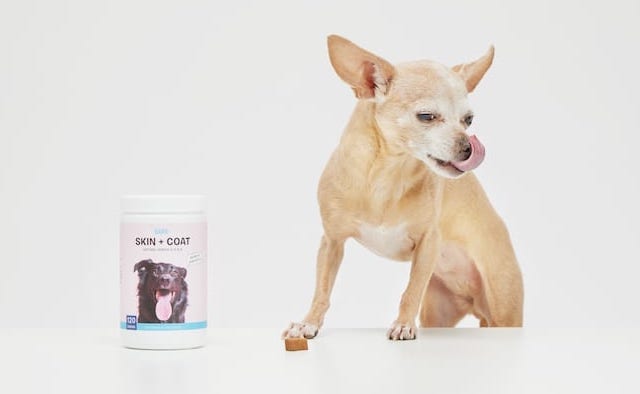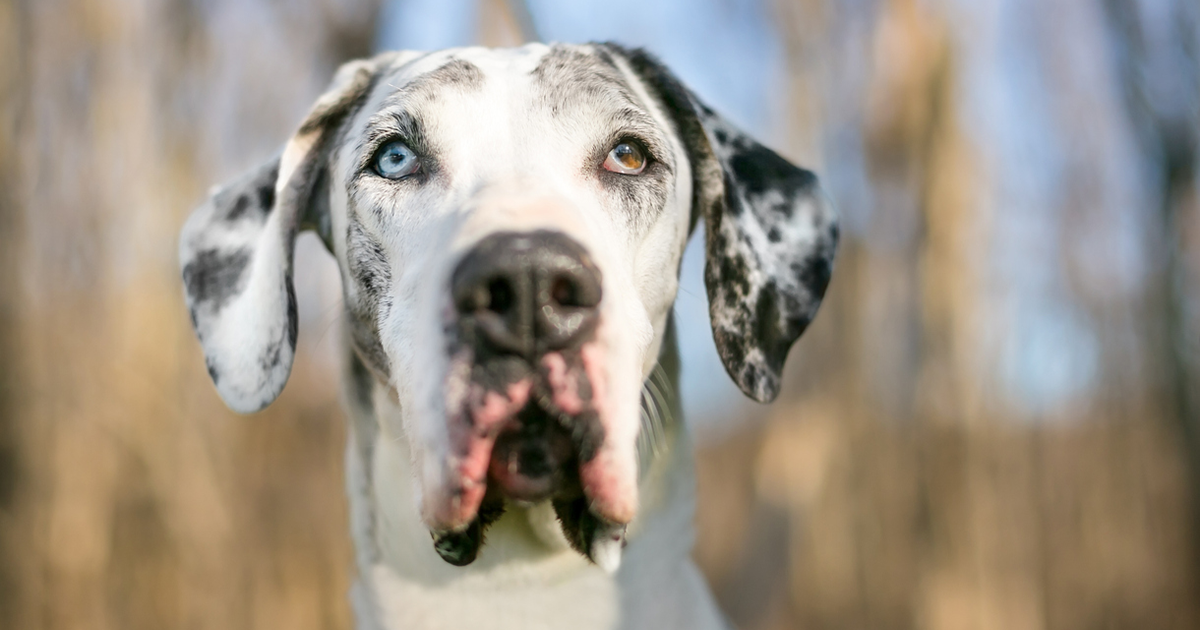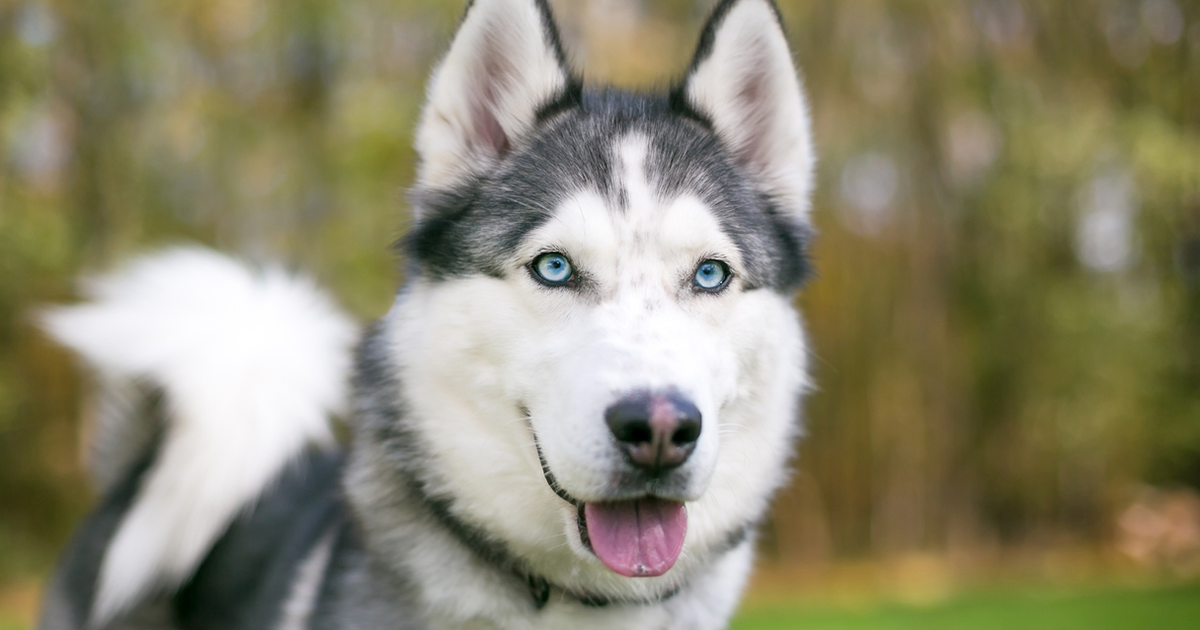For Pups With Short Attention Spans…
Hair loss for dogs is normal when caused by shedding, coat blow, or even breed-specific alopecia. However, if your dog’s hair is falling out in excessive amounts or frequency, it’s important to check with your vet for nutritional deficiencies, parasites, allergies, or skin infections.
The average dog has about 15,000 individual hairs per square inch, while humans have a mere thousand. Not only is their hair 15 times more dense than our own, it also covers their entire body. No wonder our furry friends shed so much!
For many pups, heavy shedding is normal. But if your dog’s hair loss seems excessive, it could indicate a skin problem or something more serious. Either way, living with dog hair is a small price to pay for the joys of being a pawrent!
As always, if your pooch is a senior or is suffering from severe itching, hair loss or skin lesions, it may be time to check in with your vet.
A Dog’s Hair Loss is Normal When It’s Caused By:
Routine Shedding
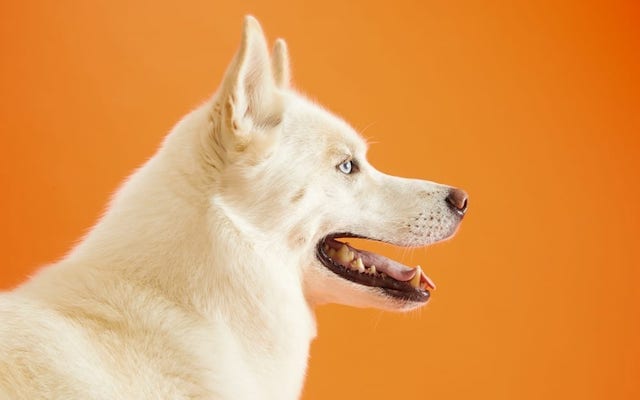

All dogs with fur shed, even those marketed as “non-shedding” or “hypoallergenic.” However, some pups shed more than others due to the wide variety of hair-types among breeds. For example, Labs shed far more than Poodles. Factors such as stress, weather, and grooming can also impact how much a dog sheds.
Rescue pups often lose more hair in a shelter setting or when first introduced into a new home. Stress-related shedding normally plateaus once the dog acclimates to their new environment, but lots of love and comfort definitely help!
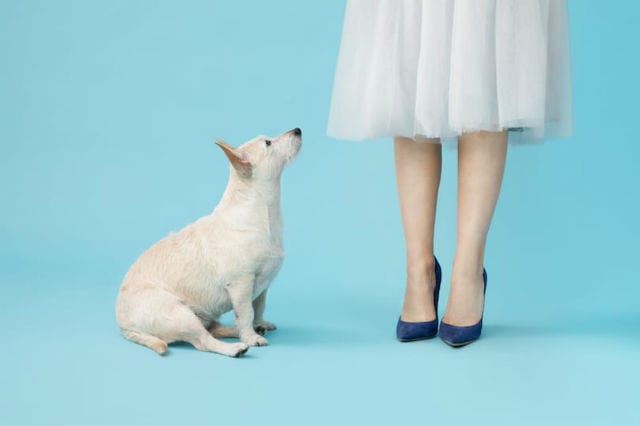

Those living in warmer climates experience more frequent hair growth and therefore more shedding. This is due to longer days and more exposure to sunlight. Similarly, indoor dogs also tend to shed more due to the artificial lighting in our homes.
As for grooming, no amount of bathing or brushing can prevent a dog from shedding, but regular coat care combined with good nutrition can certainly cut down on the amount of loose hair swirling around your home.
Coat Blow
The phenomenon known as “coat blow” occurs in double-coated breeds like Huskies, Malamutes and German Shepherds. As the seasons change, these burly beauties experience a mass shedding event where their soft undercoat comes out in clumps.
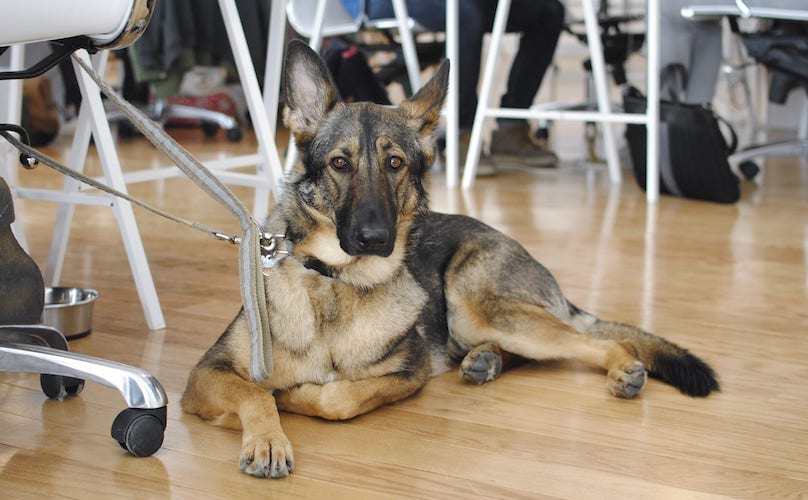

It typically occurs at least twice a year and allows the dogs to acclimate to the changing climate. Like normal shedding, coat blow may be affected by where you live and how much time your dog spends indoors. While it is perfectly normal, dogs can look very strange and unhealthy during the process!
Breed-Related Hair Loss


In addition to their varying hair types, certain breeds lose more hair than others due to genetic alopecia. Short-haired Chihuahua pawrents may know alopecia as the fancy term for hair loss. These pocket pups often develop bald patches on their chests and underarms. Certain types of alopecia are also common in Dachshunds, Doberman Pinschers, Boxers, Italian Greyhounds and Bulldogs.
A Dog’s Hair Loss is NOT Normal When It’s Caused By:
Poor Nutrition
Have you ever seen a newly-rescued shelter dog with a dull coat and patchy hair loss? This is often caused by a lack of proper nutrition. Once they get off the street and on a balanced diet, their coats slowly become glossy and gorgeous again. Puppies may also suffer hair loss if they do not receive adequate nutrition to support their rapid growth.
Parasites
Nasty skin parasites like fleas and mites can cause itching and allergic reactions which could lead to a dog’s hair loss. Intestinal parasites affect the skin and coat from the inside out by damaging the dog’s ability to process nutrients. Even with a healthy diet, a heavy worm burden can lead to the same dry, patchy coat malnourished pups experience.
Allergies
Like humans, dogs can be allergic to just about anything, including foods and environmental factors. Allergic dogs’ bodies react to dangerous substances by releasing histamine, resulting in itching and excessive shedding.
Skin Infections
Allergic skin disease is one of the primary causes of skin infections in dogs. Itching causes abrasions on the skin which allows bacteria to enter the body. Staph infections are extremely common in itchy dogs, but may be confused with ringworm lesions. Despite the name, ringworm is actually a fungal infection, not a parasite. If a skin infection is causing a dog’s hair loss, bald patches will be accompanied by irritated skin and sores.
Medical Conditions
Hormone imbalances, hypothyroidism and Cushing’s Disease are common culprits behind hair loss in older dogs. Unfortunately, these conditions can cause more serious problems for your pooch. If your dog’s hair loss is accompanied by additional symptoms such as lethargy or changes in thirst and appetite, consult your veterinarian ASAP.
For dogs with generalized itching and dry skin, add a safe, veterinary-formulated Omega Fatty Acid supplement with Salmon Oil and Vitamin E. Bark’s Skin+Coat chews are delicious soft treats dogs love. Not only do they improve the appearance of your dog’s coat, they also moisturize, soften and sooth the skin to keep itching, shedding, and dandruff at bay.
H/T to WebMD Pets

